
Best Museums to Visit With Kids: Workshop at the Museum
Which are the best museums to visit with kids? Depends on your kid’s interest, we say. For those with creative minds and hearts, art museums will surely excite them; for those who love music, it’s given that music houses, musicians’ birthplaces (turned museums) would be of great interest.
We do know that museums are a great way to foster learning. Sometimes though, we might think, what do kids really learn in museums? Or maybe we would think, “maybe they just get entertained when visiting one?” Well, by definition, learning is the acquisition of knowledge, behaviors, skills, values, attitudes, and preferences through study, experience, or being taught. We may say that kids do pick up parts of these aspects when visiting museums. Most museums also have activities kids can participate in to further enhance their experience.
We’ve never been to all the museums around the world, but we would love to. So here, we list down some of the best museums we’ve visited and a handful that we would want to visit.

Museums to Visit With Kids: Albertina, Vienna
Table of Contents
Art Museums
Art imitates life, they say. This imitation of life is best experienced by visiting art museums. More than learning about art through textbooks and classroom sessions, nothing beats witnessing art pieces first hand. For kids though, the idea may not seem as appealing as going to the mall. But if you allow them to join an art workshop at a museum where they can create the pieces they saw on exhibit, that might change their minds.
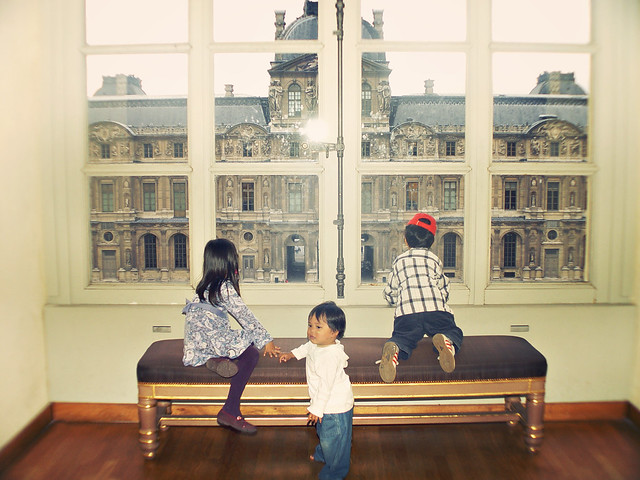
Museums to Visit With Kids – Inside looking out at the Louvre Museum
The Louvre, Paris
Being the 2nd largest art museum in the world, a visit to the Louvre is a must. You may need more than a day to see everything in the Louvre, especially if like us, you are an art enthusiast (hubby is an artist, and I enjoy writing about art).
Not only are the art pieces worth every minute seeing, the sculptures from every era deserve all your attention too.
Albertina, Vienna
The Albertina boasts of having one of the largest and most important print rooms in the world with close to 65,000 drawings and approximately 1 million old master prints. From time to time, they display exhibits that run for a certain season or period of time. Taking photos of the paintings is not allowed so we always only have pictures at the lobby or by the facade.
Uffizi Gallery and Galleria dell‘Academia, Florence
Everything in Florence, even the streets, is just pure art. The Uffizi gallery holds a collection of Italian Renaissance genius. One shouldn’t miss Boticelli’s Birth of Venus when visiting.
Even the Uffizi building is in itselfs a work of art. (I took a lot of pics of its courtyard, you’d probably see those on our travel blog!)
Another museum not to miss in Florence is the Galleria dell‘Academia (Gallery of the Academy of Florence), the home of Michelangelo’s famous sculpture, David!
Tate Modern, London
One of the world’s largest museums of modern and contemporary art located at what was once the Bankside Power Station, is part of the Tate group of museums all over Britian. It’s relatively new – opened sometime in the year 2000. The museum is mostly free so that’s a bonus! And you’d find a lot of trinkets at the shops to take home, too.
Museum of Modern Art, New York
Another large museum regarded as one of the most influential museums of modern art in the world, MoMA offers an overview of modern and contemporary art: on works of architecture and design, illustrated books and artist’s books, drawing, painting, sculpture, photography, prints, , film, and electronic media – everything that our family are interested in. So it’s definitely on top of our list.
Mori Art Museum, Tokyo
Another contemporary art museum on our list is Tokyo’s Mori Art Museum. While the museum doesn’t exhibit a permanent collection, they have temporary exhibitions of works by contemporary artists.
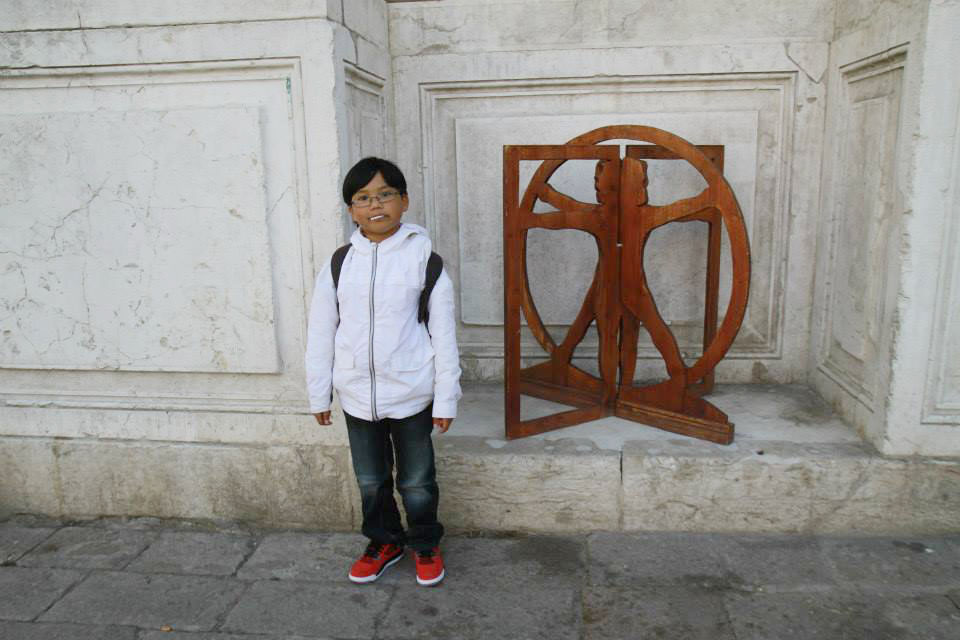
Museums to Visit With Kids: Da Vinci Museum (front), Venice
Da Vinci Museum, Venice
Dedicated to the genius of Leonardo Da Vinci, the museum houses more than just paintings, it also displays the art of Da Vinci. It has working replicas of his many inventions and engineering research that he devoted much of his life to. This museum displays Da Vinci’s multifaceted talents. (Don’t forget to take a photo by the Vitruvian Man woodwork by the entrance.)
Illusion Museums
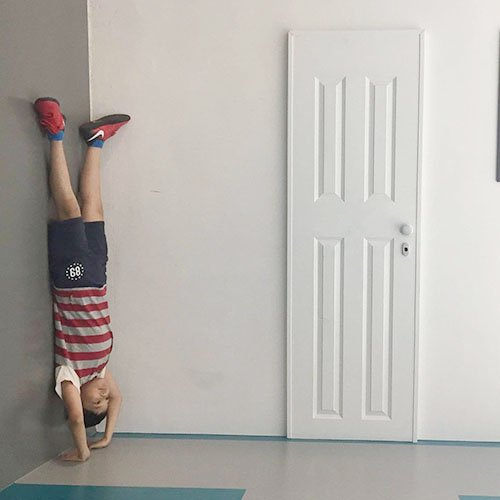
Best Museums to Visit With Kids: Illusion Museum, Vienna
Vienna’s Illusion Museum
One enjoyable activity that kids will enjoy when in Vienna, the Illusion Museum is a family entertainment center with holograms & optical trickery in vortex tunnels & infinity rooms. With the proper standing position and camera angles, you can be a giant while your friend becomes a dwarf.
Camera Obscura and World of Illusions, Edinburgh
This is the oldest purpose-built attraction in Edinburgh, currently, it is home to many interactive exhibits, including the original Camera Obscura (a darkened room with a small hole or lens at one side through which an image is projected onto a wall or table opposite the hole. – Wikipedia)
Trickeye Museum, Seoul
The Trickeye Museum is described as “one of a kind” painting gallery, combining art with hi-end technology. There’s AR (Augmented Reality) effect and 2D/3D illusions within the museum walls. Instead of merely viewing paintings (as you would in an art gallery), visitors can interact with the paintings using newly developed Trickeye Camera application. These tricks make pictures come alive so visitors can be a part of the artwork for posterity.
Natural History Museums
Natural history museums (NHM) provide the scientific community with current and historical specimens for research, which in turn gives us data and improves our understanding of the natural world. It is always certain to find a replica of dinosaurs in a natural history museum, much to the delight (and sometimes awe) of visiting children. But anything from flora to fauna, rocks, elements can be found in them that may be older than your grandparents.
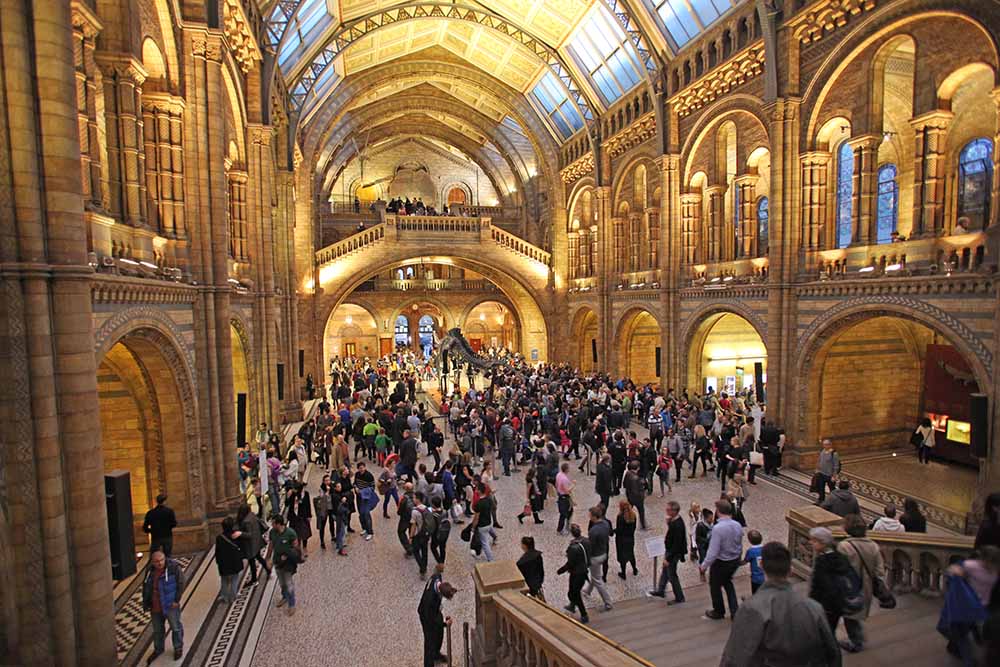
Natural History Museum London
Natural History Museum London
London’s Natural History Museum is free to explore, it is on Exhibition Road in South Kensington, along with the others: Science Museum and the Victoria and Albert Museum (which is also free and has beautiful displays). There is a 105-foot (32 m)-long replica of a Diplodocus carnegii skeleton nicknamed “Dippy” that will welcome you in the hall. It’s a lovely visit at sundown, as the lights give the museum a dramatic lighting, so consider visiting late.
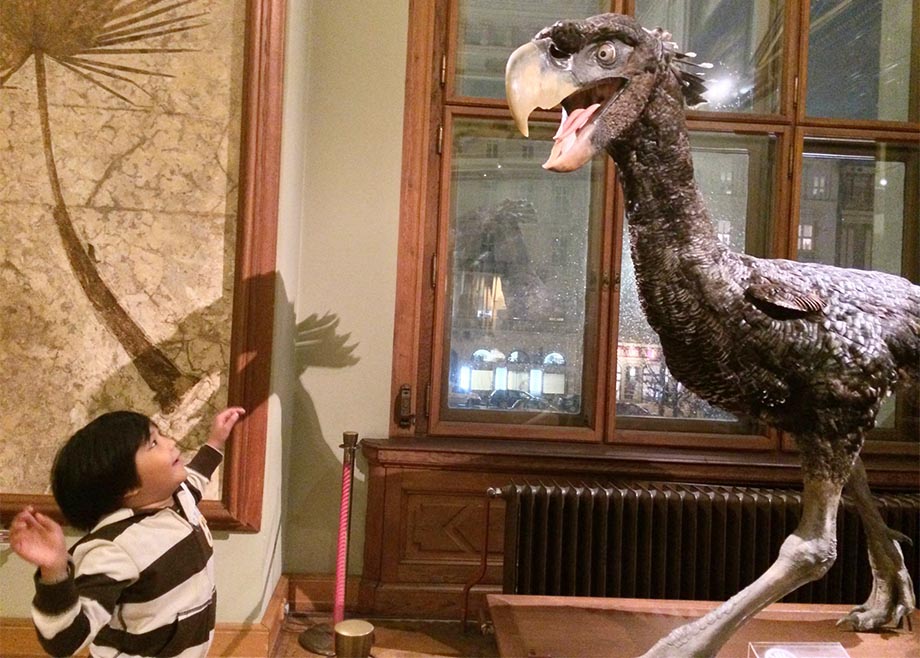
Best Museums to Visit With Kids: Natural History Museum, Vienna
Natural History Museum Vienna
Vienna’s NHM is a huge institution that holds a vast number of objects dating back to 250 years ago. It is a twin of Vienna’s Art History museum, so spend long hours on both – to see all of the 100,000 objects inside. There is a moving Allosaurus within the Dinosaur hall (hall 10) that is 6 meter high, kids are truly amazed seeing this Jurassic youngster move.

Best Museums to Visit With Kids: Moving Dinosaur at the Natural History Museum, Vienna
Smithsonian National Museum of Natural History, Washington D.C.
While there’s very little filming done in this museum for the movie Night at the Museum, it’s enough for us to want to see this NHM. It holds the largest natural history collection in the world and also has the most natural history scientists—the largest group of them in the world.
American Museum of Natural History, New York
Another vast museum complex comprises dedicated to the natural sciences, the American Museum of Natural History (AMNH) can be visited opposite Manhattan’s famous Central Park. It is within a 26 interconnected buildings housing 45 permanent exhibition halls, in addition to a planetarium and a library. The museum collections contain over 34 million specimens!
French National Museum of Natural History, Paris
A museum that is rather placed around in many areas of France, on fourteen sites and thus with galleries that are far in between categorized into galleries and gardens. The National Museum of Natural History has been called “the Louvre of the Natural Sciences,” with its vast specimens and exhibits as would be the Louvre.
Melbourne Museum
Melbourne Museum is a natural and cultural history museum and is the largest museum in Australia’s Southern Hemisphere. While the building is new compared to other NHMs, the old NHM has existed in different areas, the new one aside from its modern layout, included other attractions and live organisms.
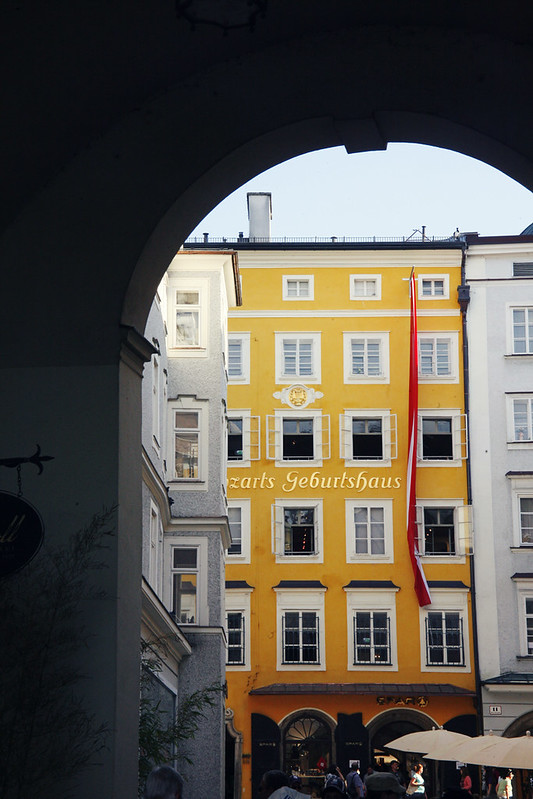
Best Museums to Visit With Kids: Historic House – Mozart’s Birth House, Salzburg
Historic House Museums
When in a different city, try to visit a famous person’s house. If the kids have particular leaning to music, visit a famous musician’s home. If they enjoy art, visit a known painter’s house. Most of these have been turned to museums, mostly showcasing their works.
Mozart Museum, Vienna
Mozart’s apartment in Vienna can be found at the city center, just behind Stephan’s church – the whole building has been turned to an exhibit of his life and works as a famous musician. You can hear most of his famous pieces as you go about the rooms: Eine kleine Nachtmusik K. 525, Symphonie Nr. 40, for some.
Mozart’s Birthhouse, Salzburg
While Mozart’s career flourished when he was in Vienna, he was born in Salzburg, and the people couldn’t be prouder. The city government has dedicated the whole building of the apartment where Mozart was born to the musician’s memory, an exhibit of the genius’ life.
Military/War Museums
Wars belong in museums. It should be a thing of the past, displayed for kids and adults to know how sad and unfortunate such circumstances and environments were. There might be a thing or two to learn, but one is, man really can’t rule themselves and only bring each other to ruin.
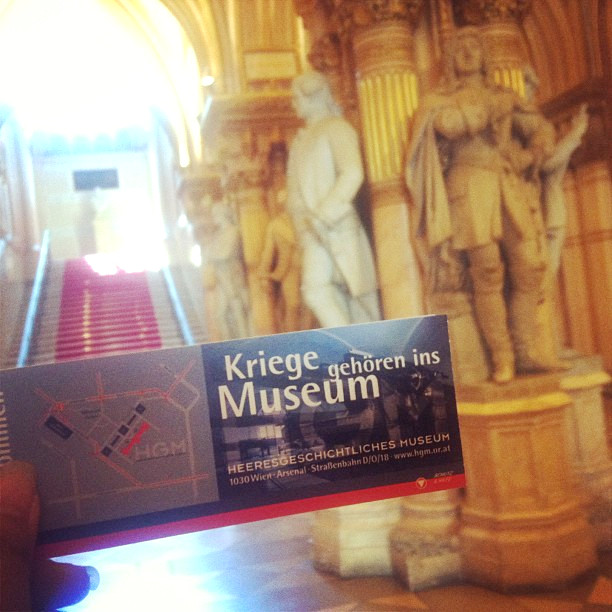
Best Museums to Visit With Kids: Wars belong in museums
Museum of Military History, Vienna
The Museum of Military History is the oldest museum building in Austria, completed on 8 May 1856 – just 6 years when construction started. While the museum holds weapons of destruction and death, the interior is really impressive, perfectly arranged, and immaculate – like the streets of Vienna on a good day.
This museum is also one of the 20 free museums in Vienna you can visit on the first Sunday of the month.
HMS Belfast, London
Permanently moored as a museum ship on the River Thames, the HMS Belfast is a sad reminder of the lives of its crew on its many years of commission during the wars. Walking in its decks spell sadness and gloom for me, even on a sunny day.
Checkpoint Charlie Museum, Berlin
Probably one of the saddest museums in the world, Haus am Checkpoint Charlie holds exhibits of photographs, documents, and other records of the many historical events that took place at the Berlin Wall, even a list of deaths at the wall.
.
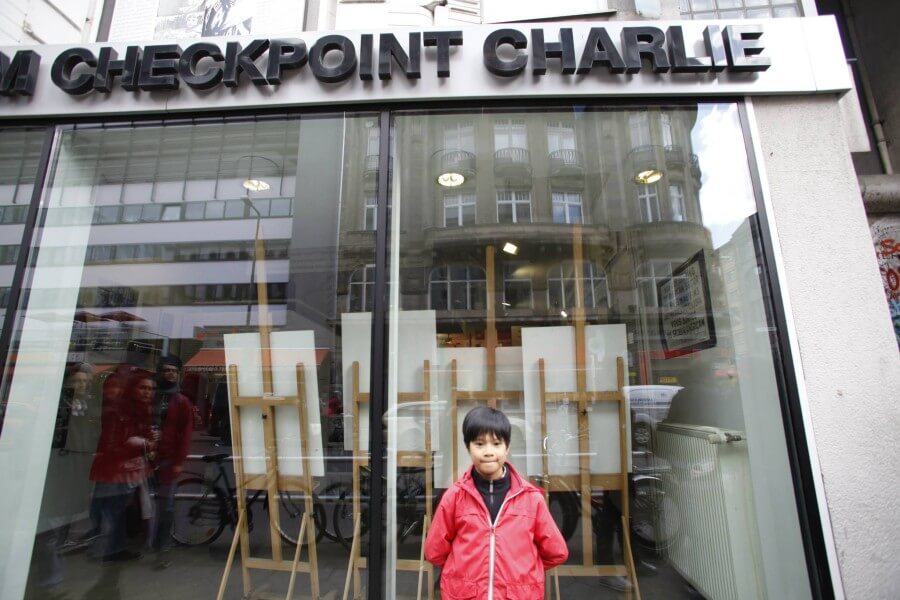
Best Museums to Visit With Kids: Charlie at Checkpoint Charlie Museum
More Museums to Visit With Kids
You can always visit a museum virtually, yes that’s alright, but seeing all of the specimens in front of you, at arm’s reach is an all-different experience.
There are a lot more museums we’ve visited, sculptures we’ve seen, displays we admired, but we’d probably write about them next time. Like the statue of David in Florence, the self-portrait by Rembrandt at Vienna’s Museum of Art History, Klimt’s paintings at the Belvedere, and Schönbrunn’s golden walls. Everything in a museum is interesting, but there’s not enough time to describe them all.
Now, there are over 55,000 museums in the world, of many different kinds, sizes, and contents…we’d need a lifetime to explore all of them. And we also need the money to afford going to each and every one :D. So we probably would do a virtual tour at the moment. What’s your favorite museum, or which should we add to this list of museums to visit with kids, or one on your bucket list? Let us know in the comments.
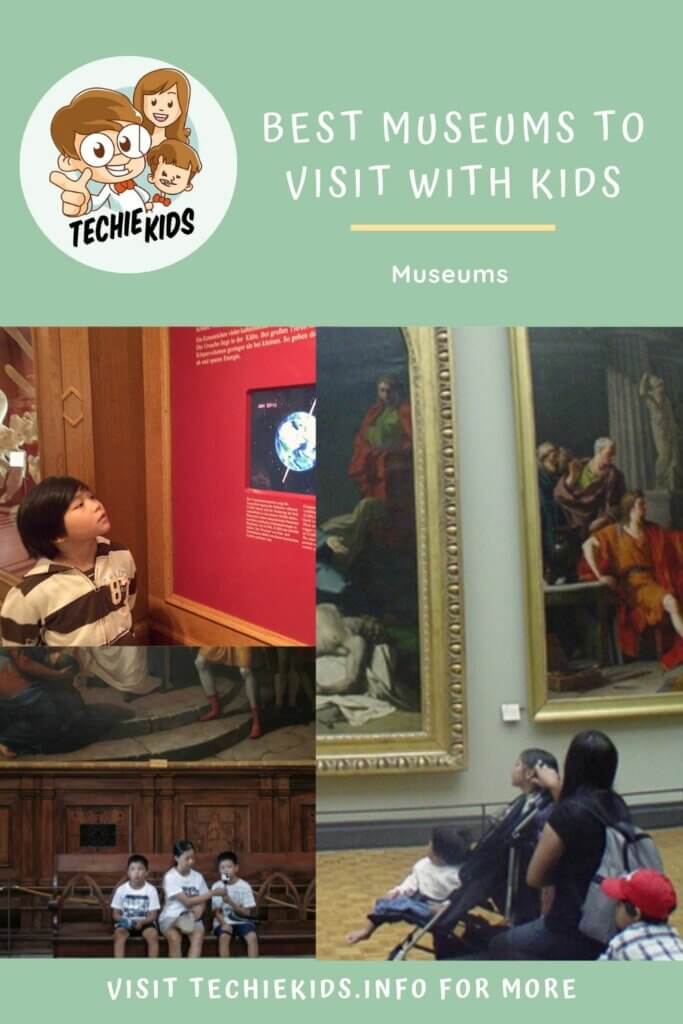 Pin! (Best Museums to Visit With Kids) |
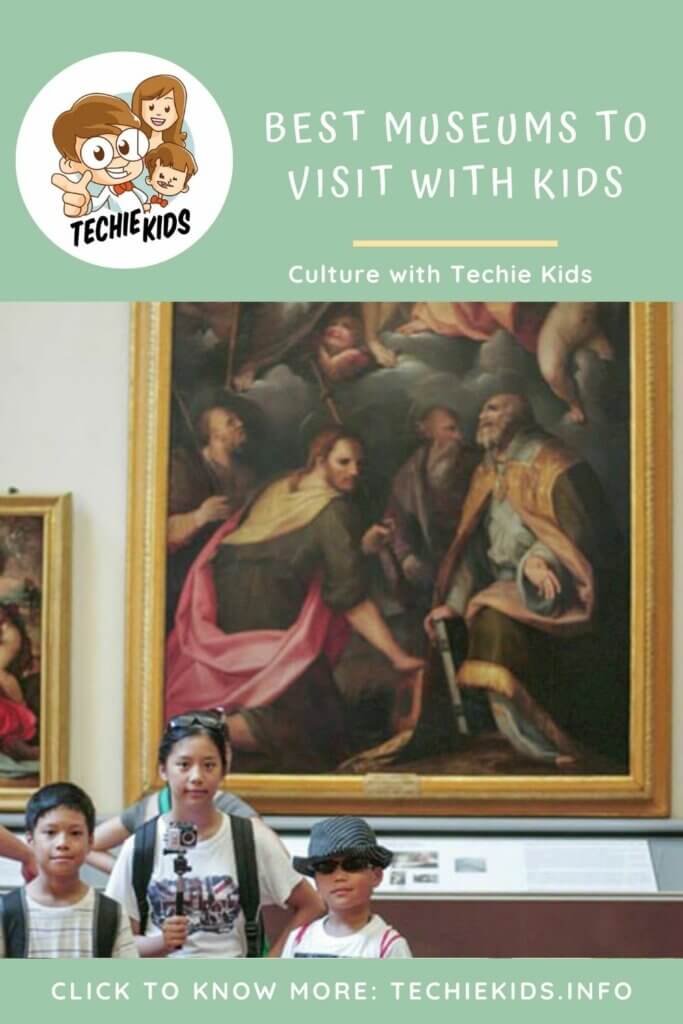 Pin This! (Best Museums to Visit With Kids) |

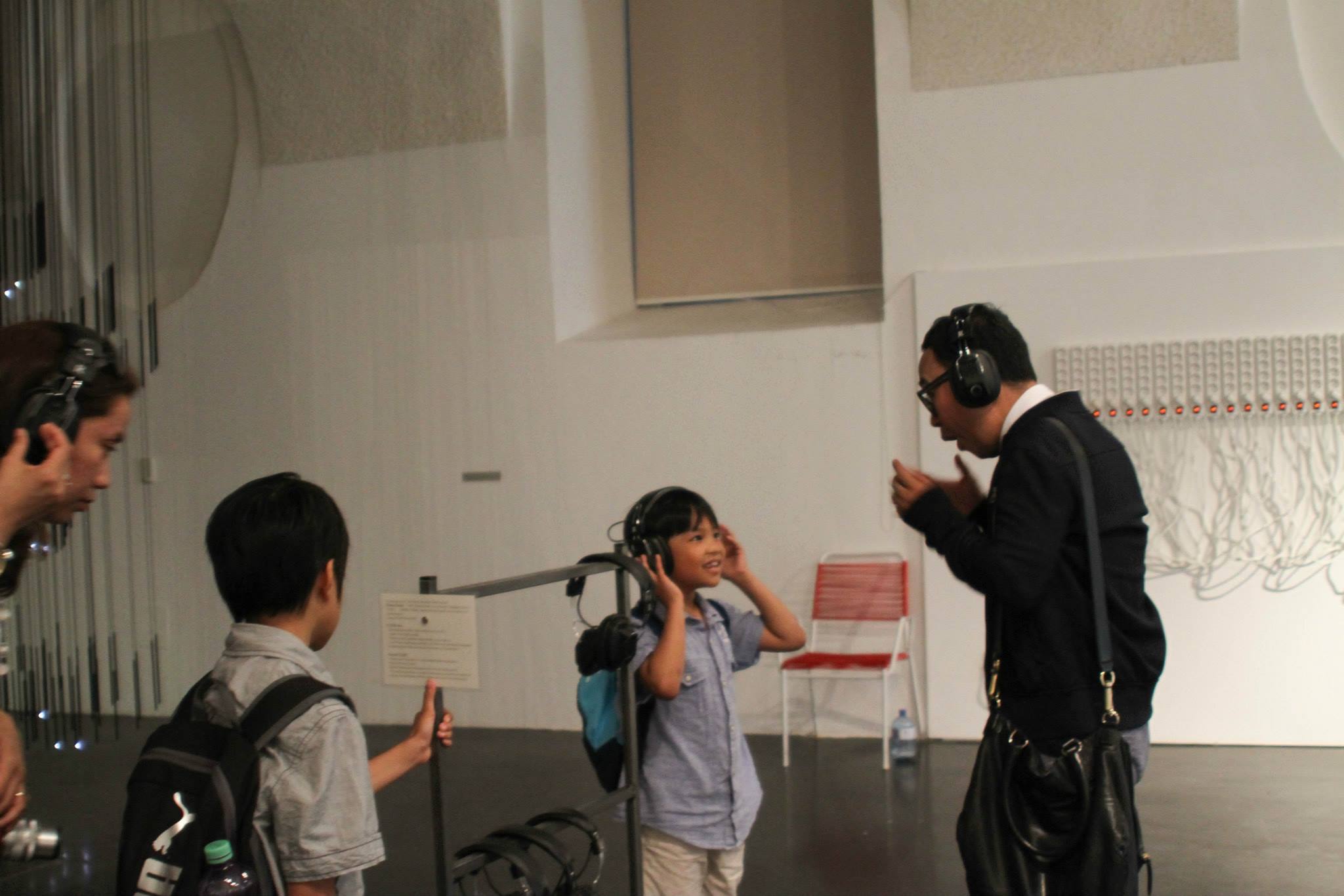




We love illusion museums! It’s fun and also interesting, even the photos we get are pure fun!
Definitely for the books! Museums are the best places to learn history and see of course, all the historical pieces, art pieces and other interesting things for kids.
Yes, I’m really glad that my kids our seeing all these with me, when I was a kid, I only have encyclopedias 😀
Pinky, So true! It’s a fun place to have souvenir photos to look back later on!